The Paris Haute Couture Fashion Week has long been regarded as the pinnacle of sartorial excellence, where designers push the boundaries of creativity and craftsmanship. Over the decades, the event has witnessed a fascinating evolution in silhouettes, reflecting broader cultural shifts, technological advancements, and the ever-changing tastes of the fashion elite. From the structured elegance of the post-war era to the avant-garde experiments of the 21st century, the runway has served as a canvas for designers to redefine the human form.
The Golden Age of Couture: Sculpted Elegance
In the 1950s and 60s, Parisian couture was dominated by architects of fabric like Christian Dior and Cristóbal Balenciaga. Their designs celebrated the female form with nipped waists, full skirts, and precise tailoring that required countless hours of handwork. The "New Look" introduced by Dior in 1947 became emblematic of this era, with its exaggerated hourglass silhouette symbolizing both luxury and a return to femininity after the austerity of war. These designs weren't just clothes; they were wearable sculptures that transformed the body into a work of art.
The Radical Shift: Deconstruction and Freedom
By the 1980s and 90s, a new generation of designers began challenging these established norms. Japanese avant-garde designers like Yohji Yamamoto and Rei Kawakubo brought deconstructed silhouettes to the Paris runways, introducing asymmetry, raw edges, and shapes that deliberately obscured the body's natural lines. This period marked a dramatic departure from traditional couture techniques, favoring conceptual expression over conventional beauty. The silhouette became a philosophical statement about identity and the nature of fashion itself.
Millennial Metamorphosis: Technology Meets Tradition
The turn of the century saw couture silhouettes evolve in unexpected directions as designers began incorporating cutting-edge technologies with ancient craftsmanship. Iris van Herpen's 3D-printed dresses and Alexander McQueen's digitally engineered patterns demonstrated how technology could create forms previously unimaginable. Yet simultaneously, houses like Chanel and Valentino maintained reverence for traditional techniques while subtly updating proportions for contemporary tastes. This era celebrated both innovation and heritage, often within the same collection.
The Contemporary Landscape: Fluid Expressions
In recent years, Paris Haute Couture Week has embraced an unprecedented diversity of silhouettes. Designers like Pierpaolo Piccioli at Valentino have explored extreme volumes - from billowing capes to minimalist columns - while others have focused on intimate, body-conscious shapes. Gender fluidity has also influenced silhouette development, with many houses moving beyond binary distinctions. The modern couture silhouette isn't defined by a single ideal but rather by endless possibilities for personal expression.
Material Innovations Shaping Form
Beyond cut and construction, the evolution of materials has dramatically impacted silhouette development. Lightweight technical fabrics allow for gravity-defying shapes, while new treatments of traditional materials like silk and wool enable unexpected textures and behaviors. Designers increasingly treat fabric as a dynamic element that actively contributes to a garment's movement and final form, rather than just a medium to be shaped.
The Future of Couture Silhouettes
As Paris Haute Couture Fashion Week moves forward, the only certainty is continued evolution. Sustainability concerns are prompting innovations in material science that will inevitably influence shapes and structures. Digital fashion and virtual presentations open possibilities for entirely new forms unconstrained by physical limitations. Yet through all these changes, the fundamental magic of couture remains - the transformation of two-dimensional fabric into three-dimensional art that speaks to both our bodies and our imaginations.
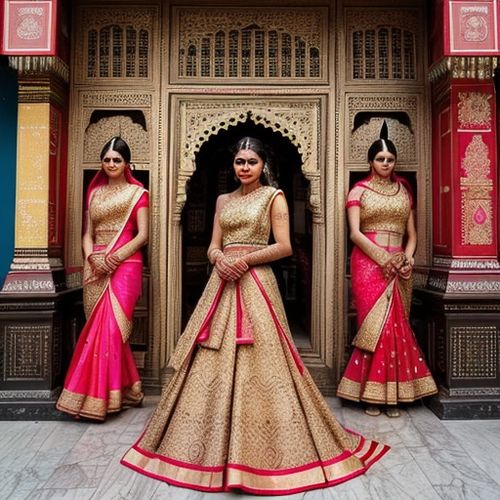
By Michael Brown/Apr 27, 2025
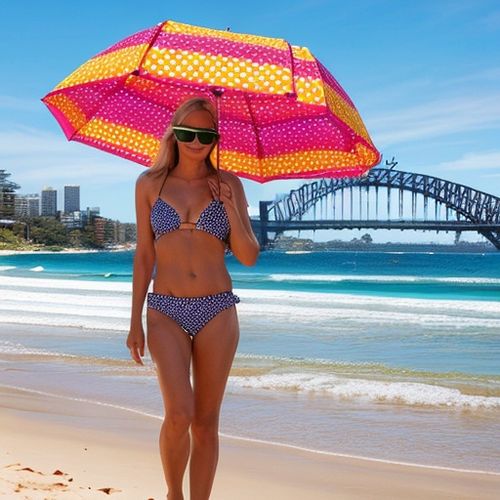
By Sophia Lewis/Apr 27, 2025
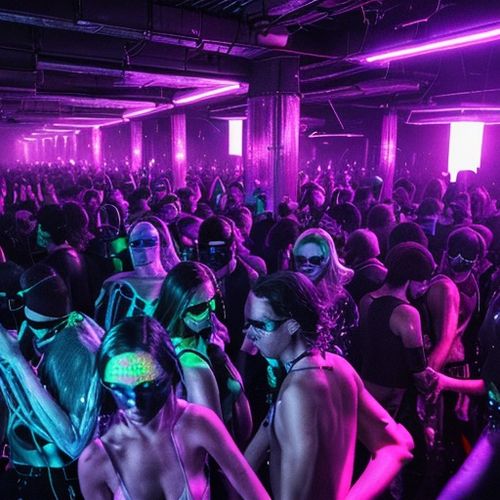
By Noah Bell/Apr 27, 2025
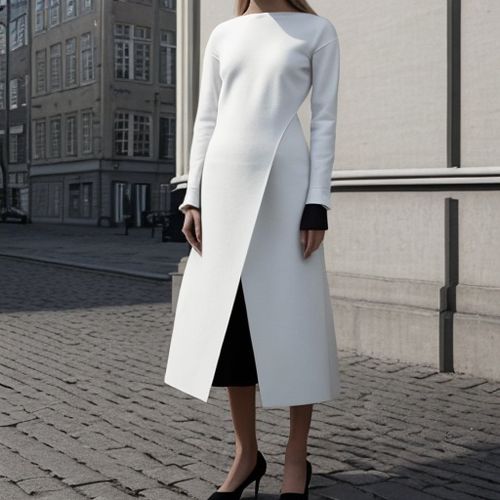
By Daniel Scott/Apr 27, 2025
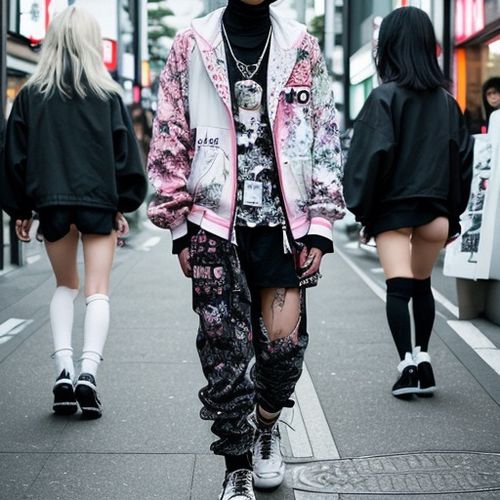
By James Moore/Apr 27, 2025
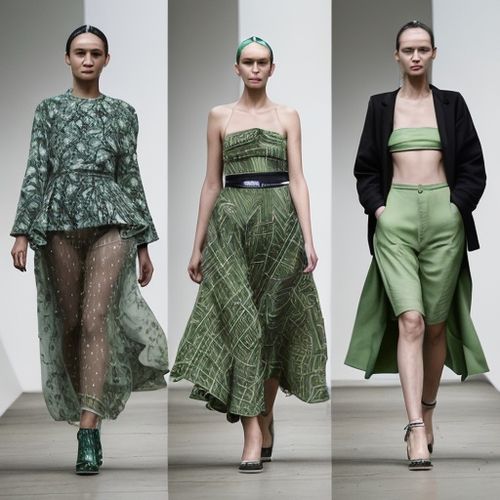
By Megan Clark/Apr 27, 2025
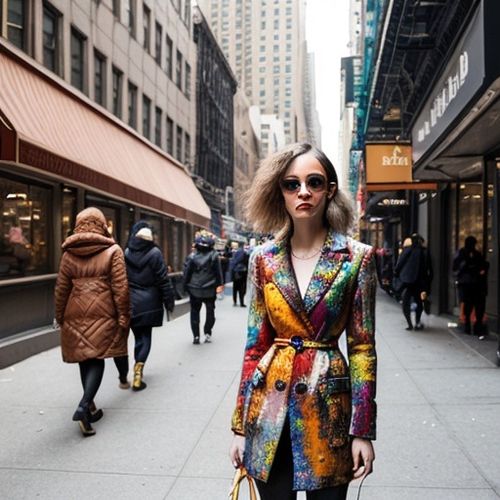
By Samuel Cooper/Apr 27, 2025
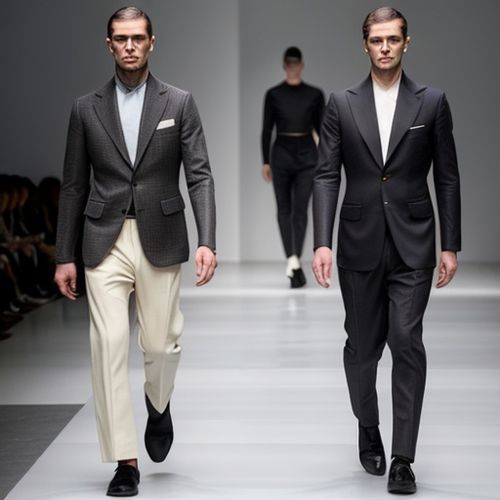
By Emily Johnson/Apr 27, 2025
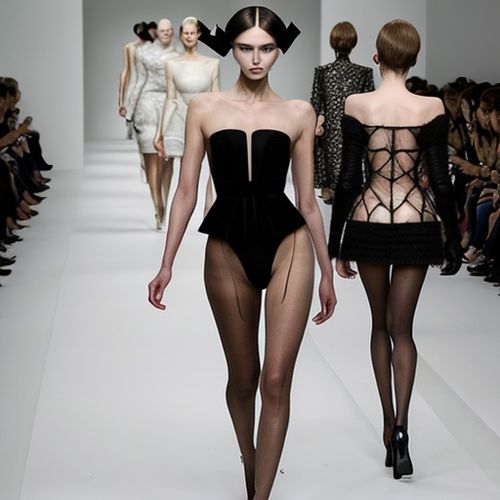
By Lily Simpson/Apr 27, 2025

By Emily Johnson/Dec 22, 2024

By Christopher Harris/Dec 22, 2024
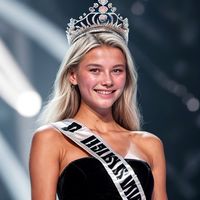
By Joshua Howard/Dec 22, 2024

By Victoria Gonzalez/Dec 22, 2024

By Thomas Roberts/Dec 22, 2024

By Benjamin Evans/Dec 22, 2024